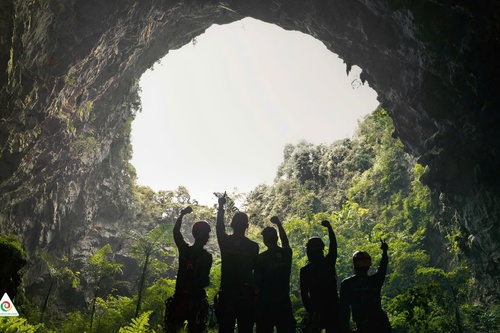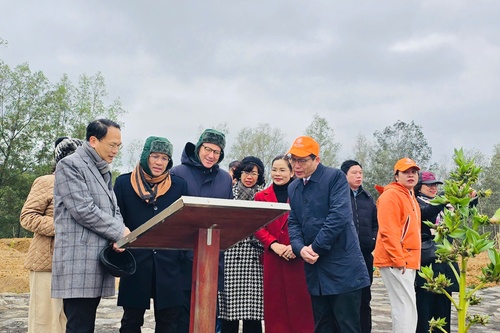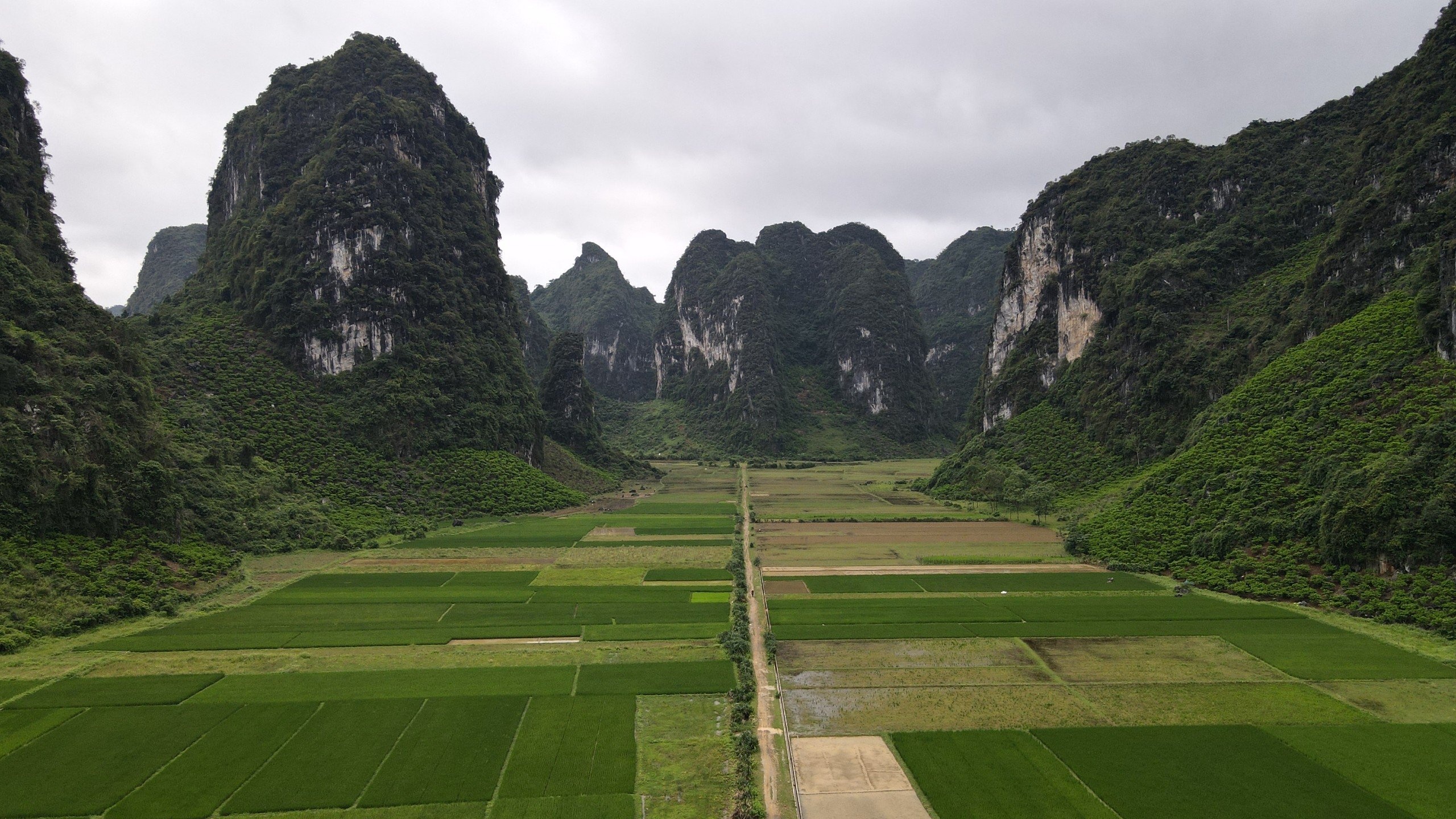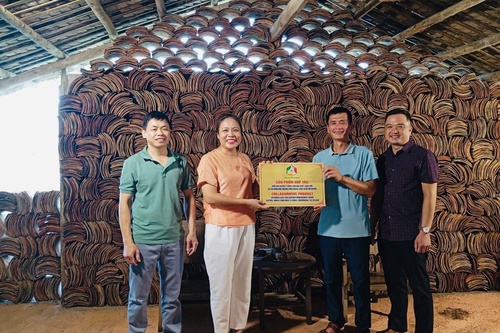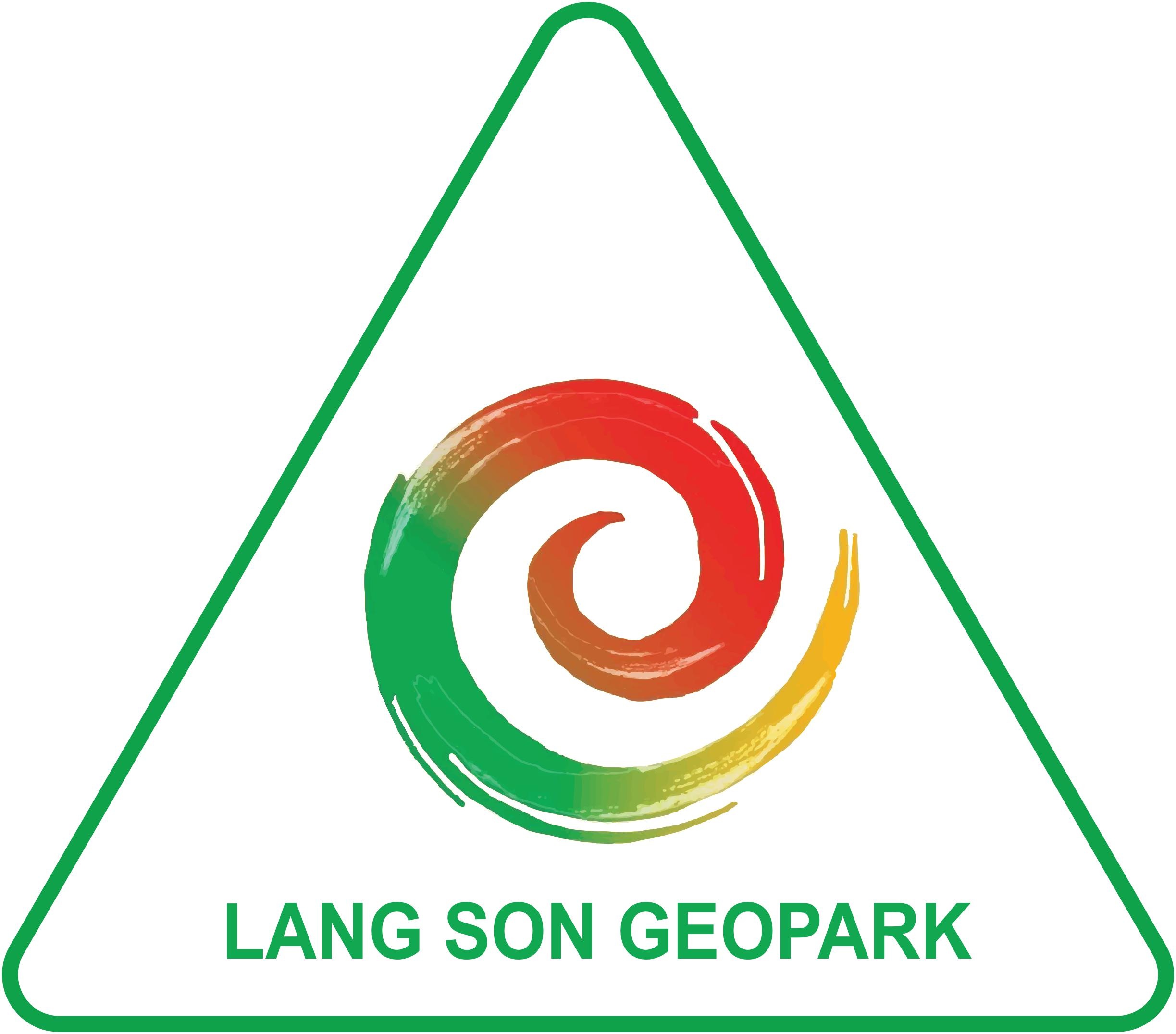Rigorous open-air museum on the Earth’s evolution
Step the time machine and travel back to 500 million years ago. Northeast Vietnam, then a marine realm, was a sanctuary for ancient creatures like Trilobites and Graptolites. The sea, a living entity, sometimes receded entirely, only to return, shaping a landscape rich in diverse paleontological species such as Brachiopods, Bivalves, Fusulinids, Corals, and more. This ever-changing seascape also gave birth to a diverse range of rock types in the Geopark area, including shale, sandstone, siltstone, conglomerate, and limestone.
Around 260 million years ago, the sea withdrew completely, transforming Northeast Vietnam a continent. The Bac Son Limestone Massif stands as a testament to this transformation. However, plate collisions led to the emergence of large faults and the return of the sea, this time more tumultuous than ever. Underwater volcanic eruptions behind basaltic pillows, intrusive bodies, and various sedimentary rocks.
about 200 to 65 million years ago, plate collisions turned again Northeast Vietnam to continental. Volcanic activities persisted, giving birth to granite and many types of rare minerals. Incidentally, this period marked the worldwide prosperity of dinosaurs.
About 65 million years ago, the collision between the Indian and Eurasian plates formed the Himalayan mountain range. In Northeast Vietnam, major faults like the Red River Fault and the Cao Bang-Tien Yen Fault slipped significantly, coinciding with the formation of the East Sea.
about 40 million to 2 million years ago, a large river-lake-swamp-forest area thrived under tropical climate conditions. This lush habitat hosted a myriad of unique paleontological species such as crocodiles, turtles, mammals, ancient rhinos, ancient primates, and more. This area is believed to be the source where these species migrated up to the Northwest, all the way to what is now the Mediterranean.
about 2 million years ago until now, geological processes continue throughout the Geopark, leading to the appearance of high mountains like Mau Son. Alongside, the karst landscapes in the form of towers, cones, and ramparts together with large caves within the Bac Son Limestone Massif were formed. At least about 500,000 years ago, due to its special transitional position between the Red River Delta and the lowlands of mainland China, this area has become one of the earliest and most continuous cradles of prehistoric people in the territory that is now Vietnam. This fascinating journey through time showcases the dynamic and ever-evolving story of our planet.


